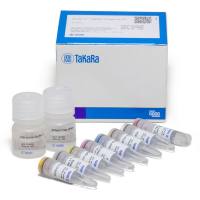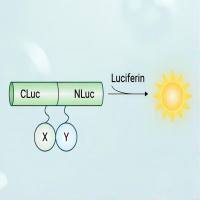The activation of NF-κB has been implicated in various forms of cancer. Thereafter, targeting NF-κB has been suggested for cancer therapy. Instant and accurate tools to monitor NF-κB activation are necessary for such drug screening. Currently, there are various assays available to study NF-κB activation in vitro, however, techniques involving the imaging of NF-κB in vivo models remains limited. Male NF-κB-RE-luc (Oslo) mice from Xenogen Corporation (Alameda, California) provide a great model for studying and imaging anticancer drugs that target NF-κB signaling. In addition, the bioluminescent (LPTA) animal model DBA/1, BALB/C-Tg (NF-κB-RE-luc (Oslo)), carries a transgene containing three NF-κB response element sites from the Igk light chain promoter and modified firefly luciferase cDNA (Promega pGL-3). The reporter is inducible during inflammatory processes triggered by LPS and TNF-α. This model provides for the rapid study of transcriptional regulation of the NF-κB gene and the treatment of inflammatory diseases and cancer. Therefore, in this chapter, we will provide step-by-step methods on utilizing the NF-κB-RE-luc animal model. In addition, we will provide notes on effective compound administration and imaging strategies that have been proven effective in previous studies.






